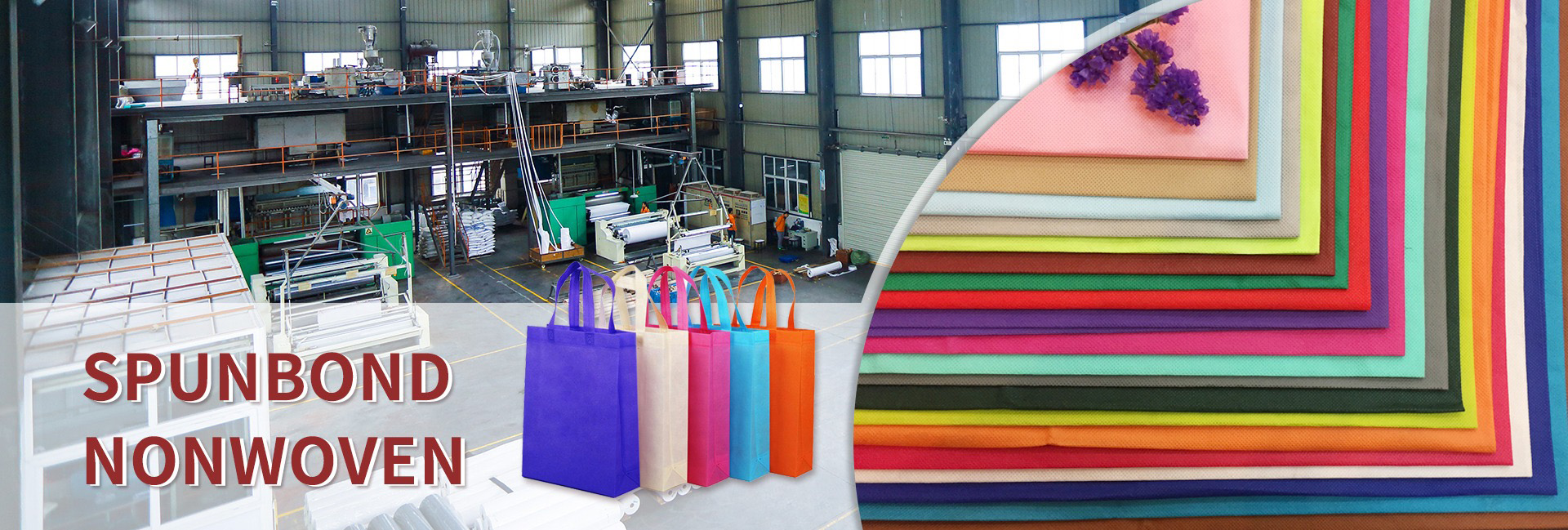This is not just an advancement in materials science; it’s also a “green reckoning” of traditional agricultural production methods, clearing one of the biggest obstacles to the sustainable development of smart agriculture.
The Root of the Problem: The “White Terror” Caused by Traditional Mulch Film
To understand the significance of this breakthrough, we must first understand the stubborn problem it aims to address:
The Pain of Non-degradability
Traditional plastic mulch films (primarily made of polyethylene) can remain in the soil for hundreds of years. When broken down, they form “microplastics,” which pollute soil and water sources and enter the food chain.
The Recycling Dilemma
The extremely high cost and labor involved in recycling ultra-thin mulch films lead to the dilemma of “whoever uses it pollutes; whoever wants to recycle it suffers from the difficulty.”
The Soil Health Crisis
Residual film hinders root growth and water infiltration, leading to soil compaction and reduced fertility, resulting in increasingly serious “white pollution.”
A Game Changer: The “Green Revolution” of Degradable Nonwoven Fabrics
The emergence of degradable nonwoven fabrics has severed the chain of pollution at the source. Its revolutionary nature lies in:
1. Core Breakthrough: A Material Philosophy from “Durable” to “Disappearing”
Biogenic Materials: Bio-based materials such as polylactic acid (PLA, derived from corn, cassava, etc.) and polyhydroxyalkanoates (PHA, synthesized by microorganisms) are used, or fossil-based but fully biodegradable polyesters such as PBAT/PBS. These materials can be completely degraded by microorganisms under specific conditions.
The degradation process is controllable, and the degradation cycle (typically 3-6 months to 1-2 years) can be matched to the crop growth cycle, ensuring stable functionality throughout the covering period. The crop then degrades naturally after harvest, eliminating the need for manual recycling.
2.Functional Integration: Not only environmentally friendly, but also offering enhanced performance.
Degradable non-woven fabrics inherit all the advantages of traditional non-woven fabrics in “temperature and humidity control” and go one step further:
Ultimate breathability and water permeability. The degradation process itself gradually loosens the structure, maintaining excellent breathability throughout, surpassing plastic mulch, which degrades over time. “Turning into spring mud to protect flowers,” the final degradation products are carbon dioxide, water, and humus. These are not only harmless but also benefit the soil and improve grain structure. This eliminates worries, eliminating the extra costs of recycling residual film and preventing difficulties with planting the next season due to residual film, thus achieving the unity of “farming and environmental protection.”
Technology Integration: How Degradable Nonwovens Empower a New Paradigm for Smart Agriculture
When degradable nonwovens are deeply integrated with smart agriculture, a perfect “cradle-to-cradle” closed loop is formed.
Precise Covering
Based on crop type and local climate, degradable nonwovens with different weights, degradation cycles, and colors are selected for covering.
Data-Driven
An underground sensor network monitors soil moisture and temperature in real time, guiding the precision drip irrigation system.
Coordinated Control
The nonwoven fabric physically provides “insulation,” moisture retention, and air permeability, while the intelligent system dynamically supplies water and fertilizer, jointly creating an optimal root zone environment.
Natural Cycle
After harvest, nonwoven fabrics begin to naturally disintegrate under the action of soil microorganisms, ultimately returning completely to nature without leaving any pollution. The soil is “clean” when the next crop is planted.
This paradigm completely resolves the contradiction between “advanced agricultural technology” and “environmental pollution,” making high-tech agriculture environmentally friendly.
Challenges and Future Directions
Despite its promising prospects, large-scale implementation still faces challenges:
Currently, the cost of biodegradable nonwovens is still higher than that of traditional PE mulch, and this needs to be reduced through large-scale production and technological advancement.Strict national standards and certification systems are needed to prevent “pseudo-degradable” and “incompletely degradable” products from disrupting the market and ensure their true environmental safety.Specific models with enhanced mechanical properties, more precise degradation cycles, or additional functions (such as weed and insect repellent) should be developed to meet the needs of different regions and crops.
Conclusion
The breakthrough in biodegradable nonwovens has far greater significance than the creation of a new material. It represents a perfect intersection of green materials science, smart agricultural technology, and the concept of a circular economy. This demonstrates that agricultural modernization isn’t simply about increasing yields; it’s about redefining the relationship between production and the environment. When the “white pollution” blanketing the earth is replaced by green materials that “breathe” and “disappear,” we’re not only solving the environmental challenges that have plagued agriculture for decades, but we’re also leaving behind clean, healthy, and vibrant soil for future generations. This is undoubtedly one of the most solid steps forward in agriculture’s journey toward high-quality, sustainable development.
Dongguan Liansheng Non woven Technology Co., Ltd. was established in May 2020. It is a large-scale non-woven fabric production enterprise integrating research and development, production, and sales. It can produce various colors of PP spunbond non-woven fabrics with a width of less than 3.2 meters from 9 grams to 300 grams.
Post time: Oct-21-2025

